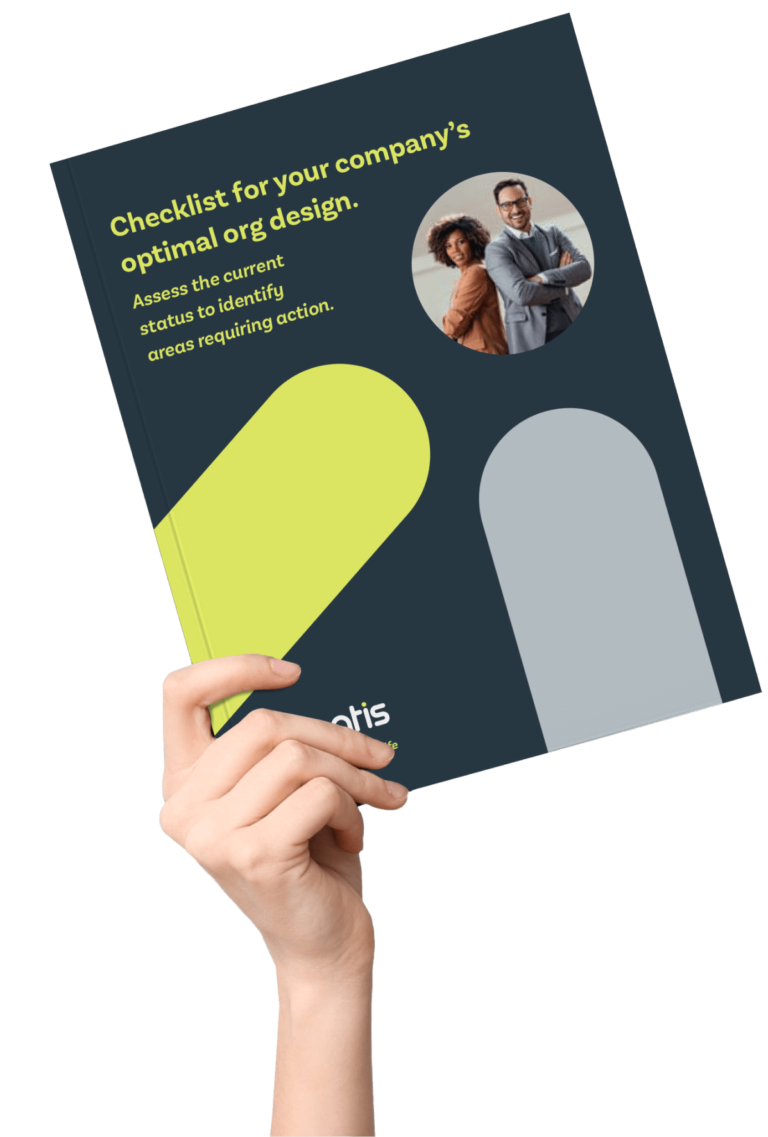In today’s data-driven world, organizations must make smart, evidence-based decisions to stay competitive and resilient. This is especially true in the field of Human Resources, where timely, accurate insights into the workforce can dramatically impact everything from employee engagement to business performance. Enter workforce analytics: a powerful method to turn workforce data into actionable insights that help HR professionals align people strategies with business goals.
This article explains what workforce analytics refers to, how it supports data driven decisions, and why it’s becoming indispensable for modern HR teams.






